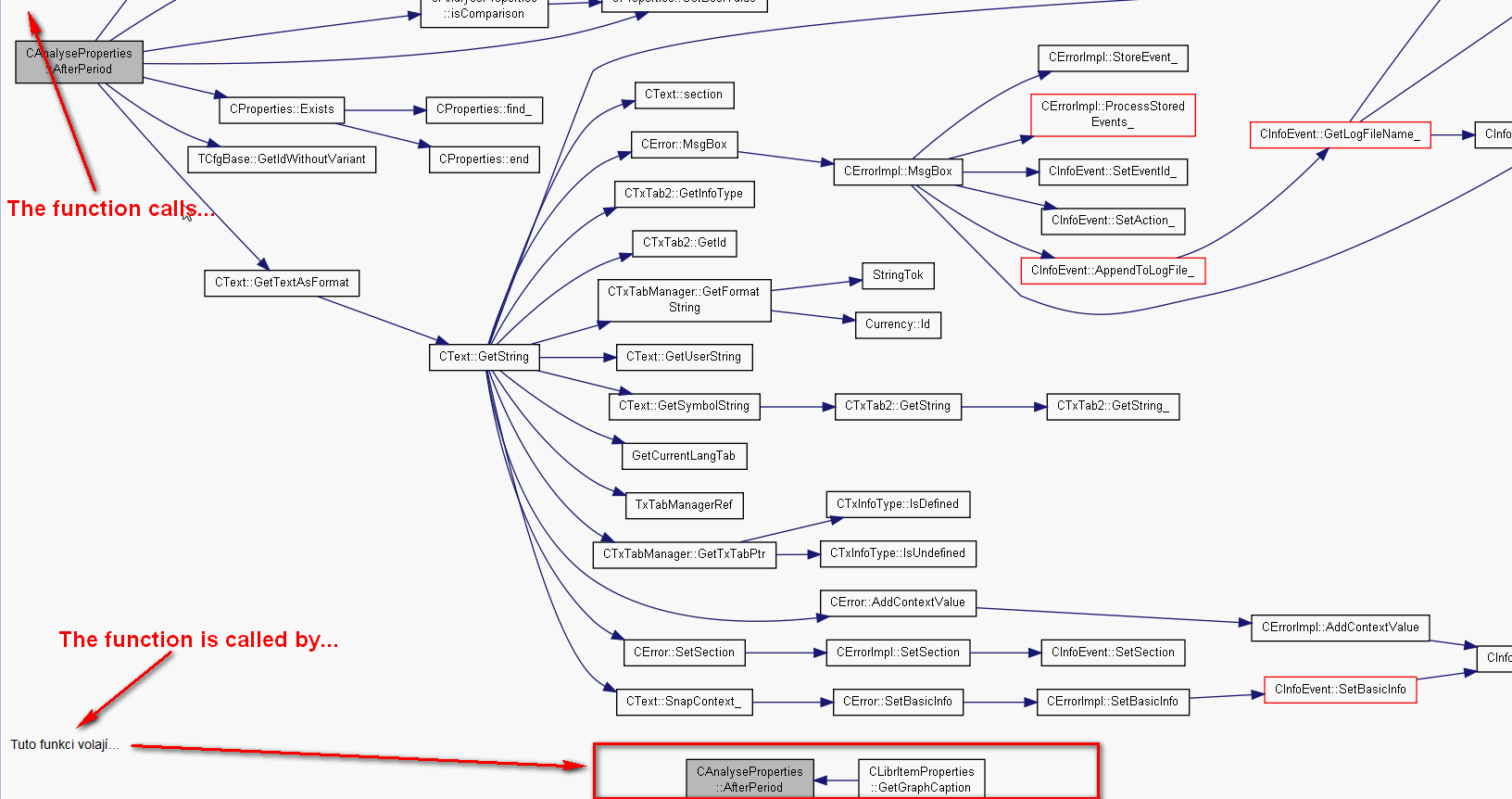


The current release of Graphviz can be downloaded here: Downloadĭocumentation is available in the released package and from here: Documentation Discussions Graphviz has many useful features for concrete diagrams, such as options for colors, fonts, tabular node layouts, line styles, hyperlinks, and custom shapes.
#GRAPHVIZ DOCUMENTATION PDF#
The Graphviz layout programs take descriptions of graphs in a simple text language, and make diagrams in useful formats, such as images and SVG for web pages PDF or Postscript for inclusion in other documents or display in an interactive graph browser.

#GRAPHVIZ DOCUMENTATION SOFTWARE#
It has important applications in networking, bioinformatics, software engineering, database and web design, machine learning, and in visual interfaces for other technical domains. Graph visualization is a way of representing structural information as diagrams of abstract graphs and networks. Graphviz is open source graph visualization software. LicenseĬopyright © 2015, 2021 Rafael Laboissière project is licensed under the AGPL 3.0 license.Questions and discuss Graphviz. Thanks to Justin Mayer for helping with migration of this plugin under the Pelican Plugins organization and to Maxim Kochurov for introducing the GRAPHVIZ_COMPRESS configuration variable. To start contributing to this plugin, review the Contributing to Pelican documentation, beginning with the Contributing Code section. You can also help out by reviewing and commenting on existing issues. You can contribute by improving the documentation, adding missing features, and fixing bugs. ContributingĬontributions are welcome and much appreciated. Liquid Tags outputs the Graphviz image inside a, whereas this Graphviz plugin offers a choice for the container element.Ĭontributions that make this plugin work with reStructuredText content would be welcome.Second, the Liquid Tags version generates a raster image file, whereas this Graphviz plugin produces a vector image that can be zoomed without image quality loss. The latter has class graphviz (this is also configurable - see below). The image is generated in HTML with an element inside an HTML element (by default a, but this is configurable - see below). Notice that newlines are not allowed inside the Graphviz block. The Graphviz code must start in the second line of the block. The available programs are: dot, neato, twopi, circo, fdp, sfdp, and patchwork (see the Graphviz documentation for details). The word dot in the first line indicates the program that will be run to produce the image. graphviz (this is configurable - see below). This will insert an image in your article like this: In the Markdown source, the Graphviz code must be inserted as an individual block (i.e., separated from the rest of the material by blank lines), like the following.
#GRAPHVIZ DOCUMENTATION INSTALL#
Graphviz can be installed on Debian-based systems via: sudo aptitude install graphvizįor macOS, Graphviz can be installed via Homebrew: brew install graphviz Graphviz must be installed on the system, otherwise this plugin will be deactivated. This plugin can be installed via: python -m pip install pelican-graphviz The code for the Graphviz figure is included as a block in the article’s source, and the image is embedded in HTML using the Base64 format. Graphviz is a Pelican plugin that allows the inclusion of Graphviz images using the Markdown markup format.


 0 kommentar(er)
0 kommentar(er)
